Traffic Demand Management
Kapsch's Traffic Demand Management solutions empower cities and their citizens to make well-informed and more sustainable daily transport choices that are beneficial for individuals and the city as a whole.

Kapsch's Traffic Demand Management solutions empower cities and their citizens to make well-informed and more sustainable daily transport choices that are beneficial for individuals and the city as a whole.
Traditional traffic management is all about controlling and optimizing traffic flow with techniques such as traffic lights and providing dynamic message signs based upon accurate traffic information. What they do not do, however, is affect the choices that people make in terms of their mode of transport or the routes that they make through a city.
Kapsch TrafficCom's unique Demand Management solutions enable cities to do precisely that. We empower city authorities to influence route choices, driving behaviours, and ultimately the choice of mode of transport. By influencing these decisions, traffic can be managed so that it uses the road network in a much better way – minimizing emissions, congestion and optimizing the use of space.
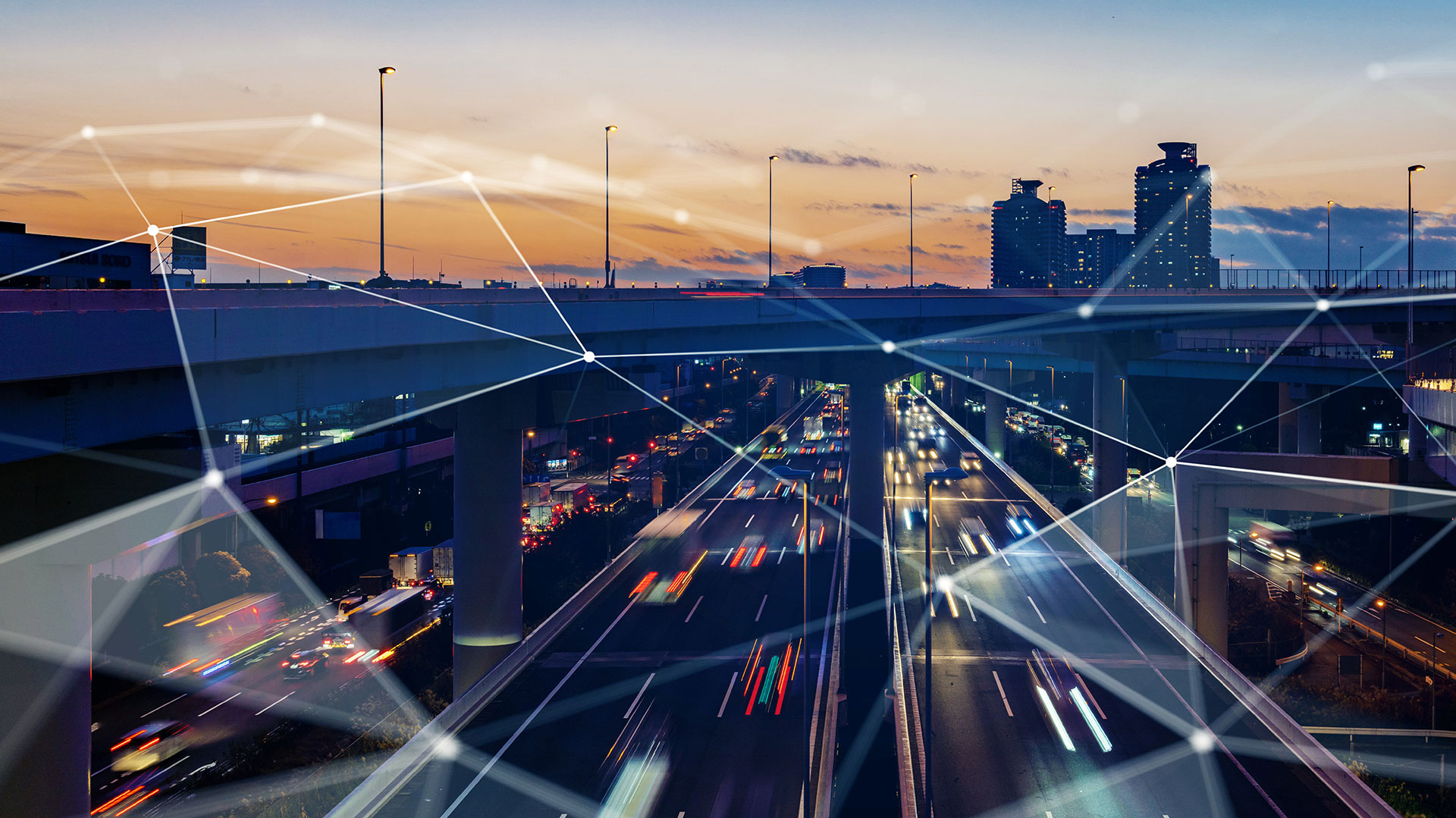
At the heart of our solution is a toolset that allows city authorities to define traffic management response plans for events and incidents. This includes traditional infrastructure-based measures such as adaptive traffic signal control, varying dynamic message signs and traffic information services. But it also enables the city to define sensitive zones that should be excluded from through-traffic, and to suggest routes for parking spaces (including Park & Ride) and other events.
“Traffic congestion and the associated emissions cost cities hundreds of millions every year in lost productivity, environmental damage and health costs. By supplementing traditional, road-side traffic management with interactive solutions aimed at changing the behavior of road users – keyword: “traffic management directly in the vehicle” – authorities can finally turn the tide against traffic chaos and drastically improve the traffic situation for residents and businesses.”
Michael Ganser, Vice President für Demand Management at Kapsch TrafficCom
Demand management in cities depends on close cooperation between authorities and those who live or travel through the city to reach their destination. Kapsch TrafficCom has partnered with Graphmasters to create a next-generation navigation app based upon the award-winning NUNAV Navigation App. This supports all travellers in the city, including private and commercial road users, pedestrians, cyclists, and people using public transport.
Because it can access the city's infrastructure data and link to the traffic management platform, the app is uniquely able to support urban routing.
Our solutions push the boundaries of what is possible not only in terms of managing the flow of traffic but also by changing the mobility behaviour of people who live and travel through cities.

By bringing together data from multiple traffic control systems and agencies, and by supporting real-time and predictive analysis based on artificial intelligence, the Kapsch urban traffic management provides unique benefits for city authorities, mobility agencies, and citizens.
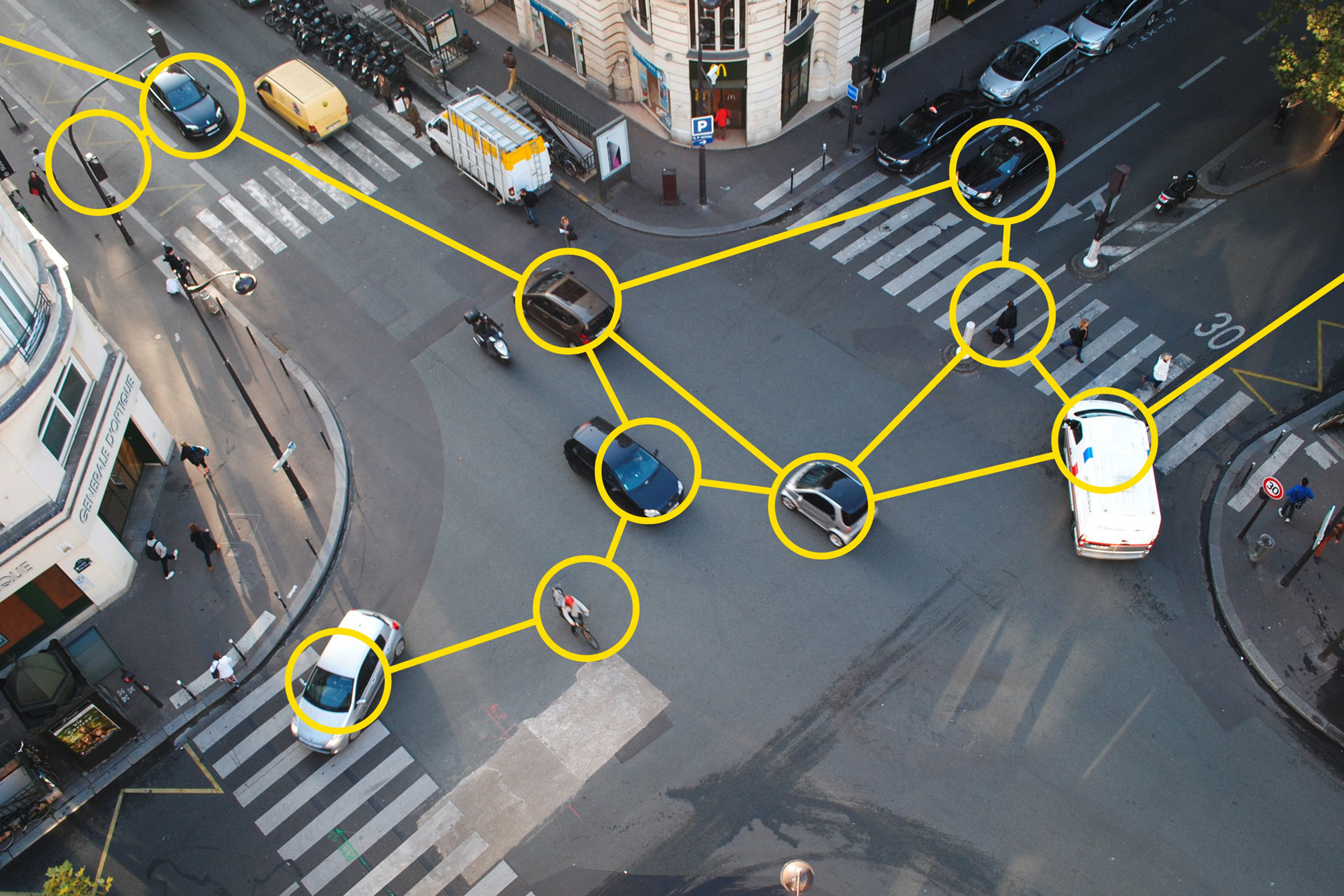
For highway and city authorities around the world, our unique capability to deliver end-to-end Orchestrated Connected Corridors is the key to improving road safety and delivering advanced traffic management solutions.
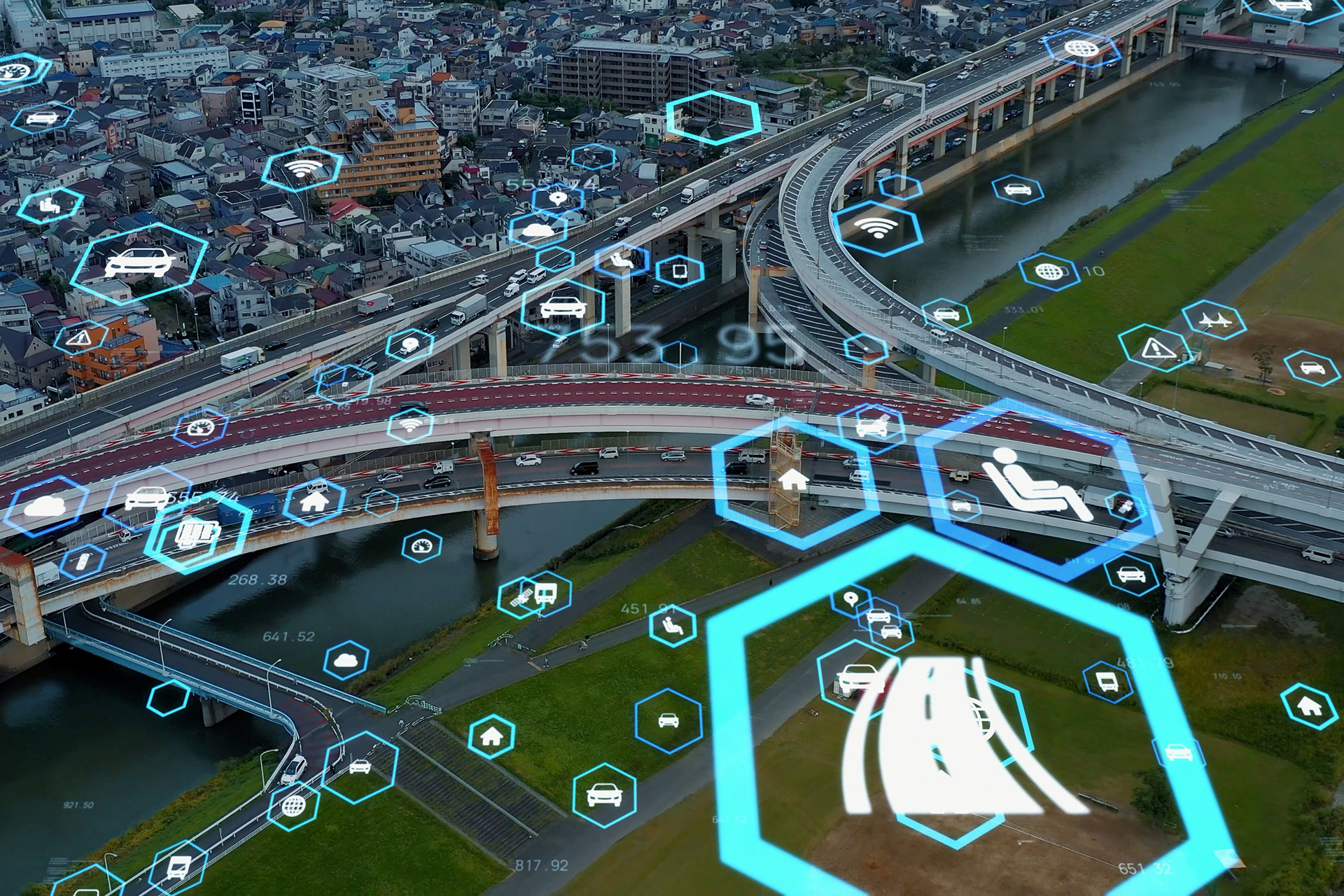
Kapsch's traffic intelligence solution transforms the current reactive traffic operation into a proactive approach which minimizes congestion and mitigates the impact of unexpected incidents and planned events.
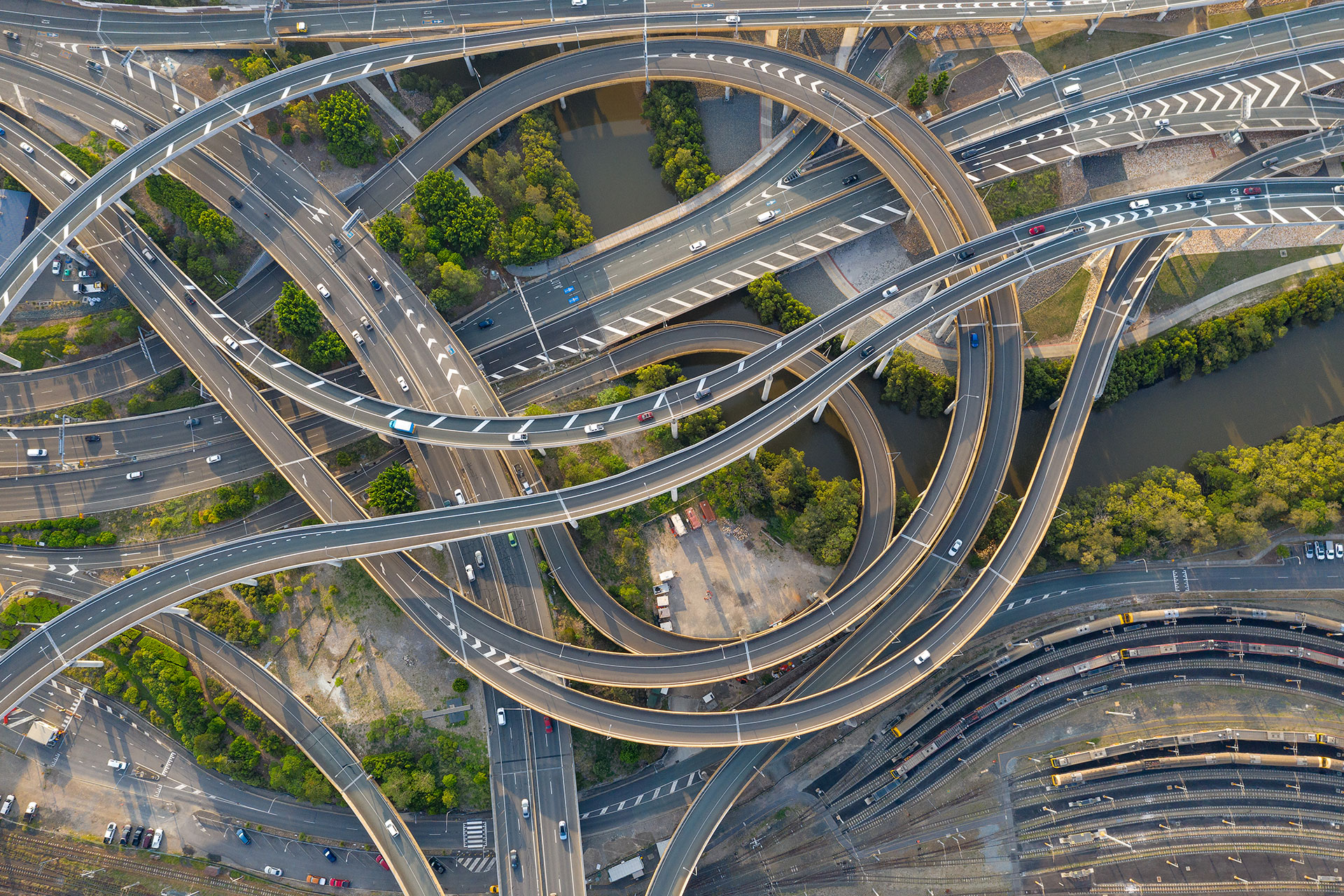
Kapsch TrafficCom supports many of the most advanced highway traffic management installations in the world. Our unique solutions feature intelligent tools which automate the decision making process enabling authorities to respond faster to incidents and to manage traffic more proactively.
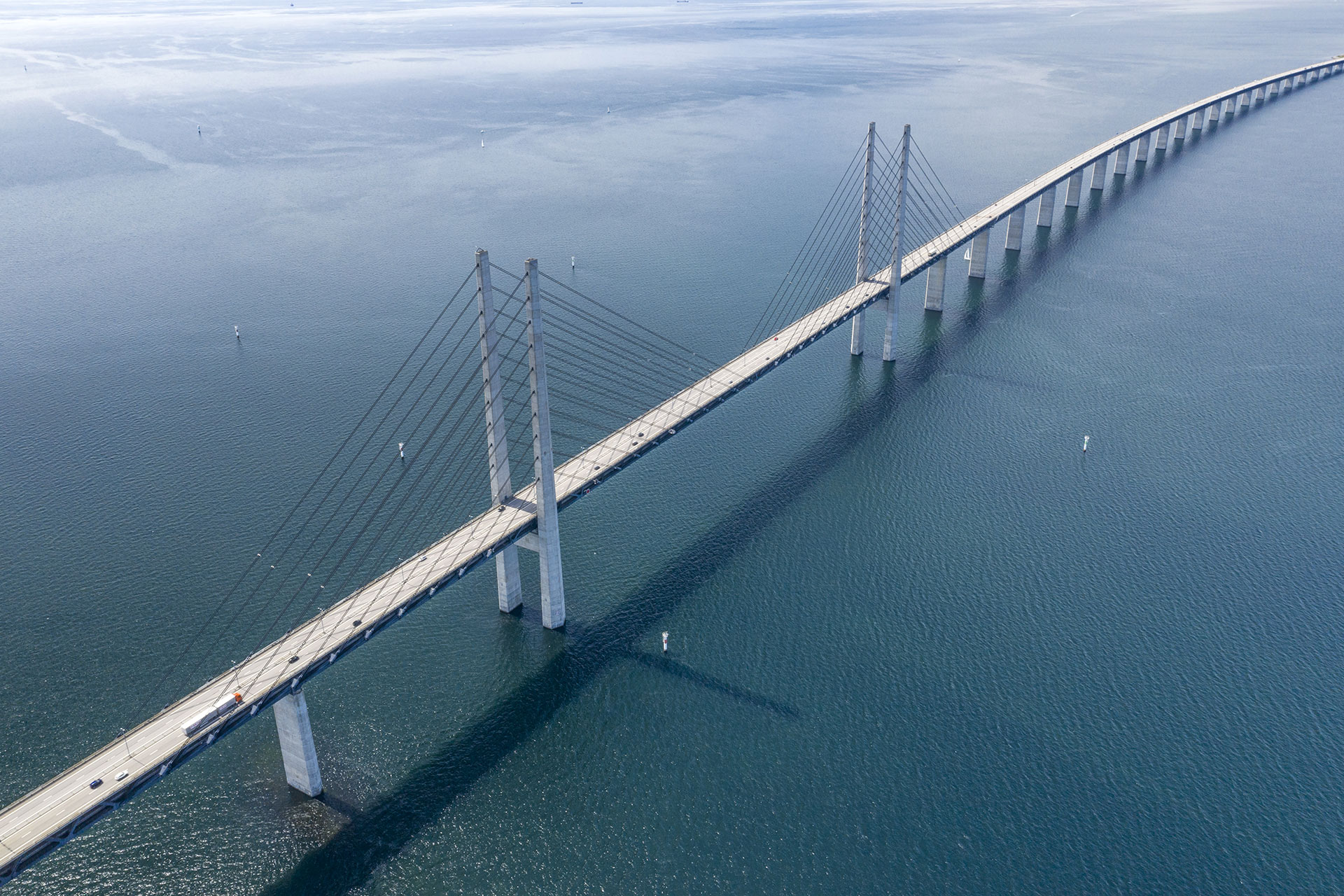
Kapsch's TrafficCom offers an industry leading Bridge & Tunnel Solution. It provides mission-critical support for integrated bridge and tunnel management across safety management, and integrated SCADA capabilities.